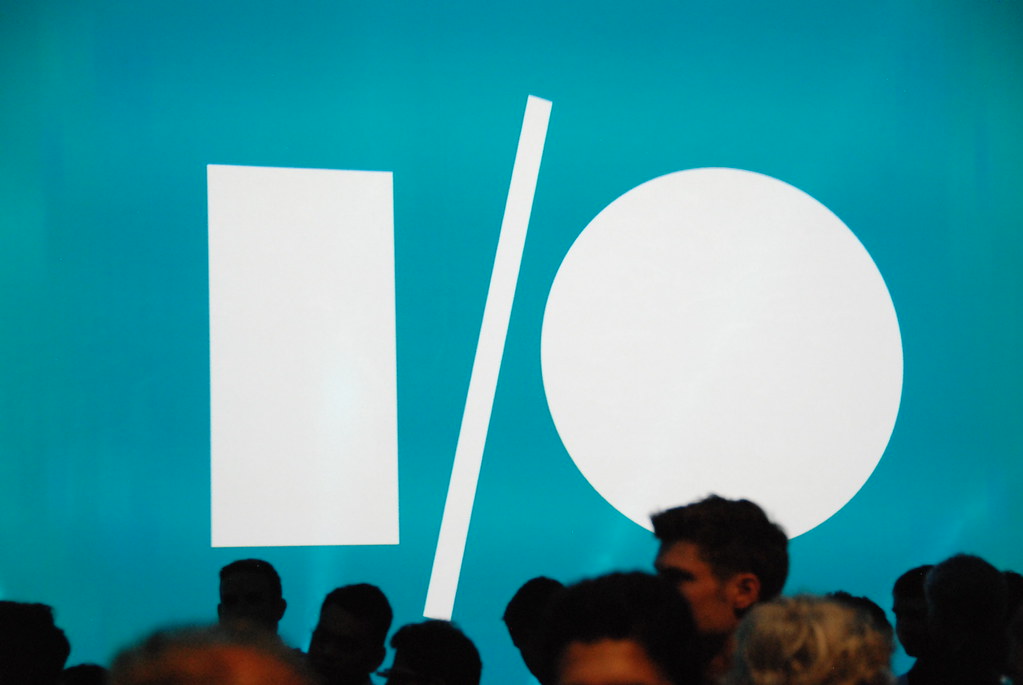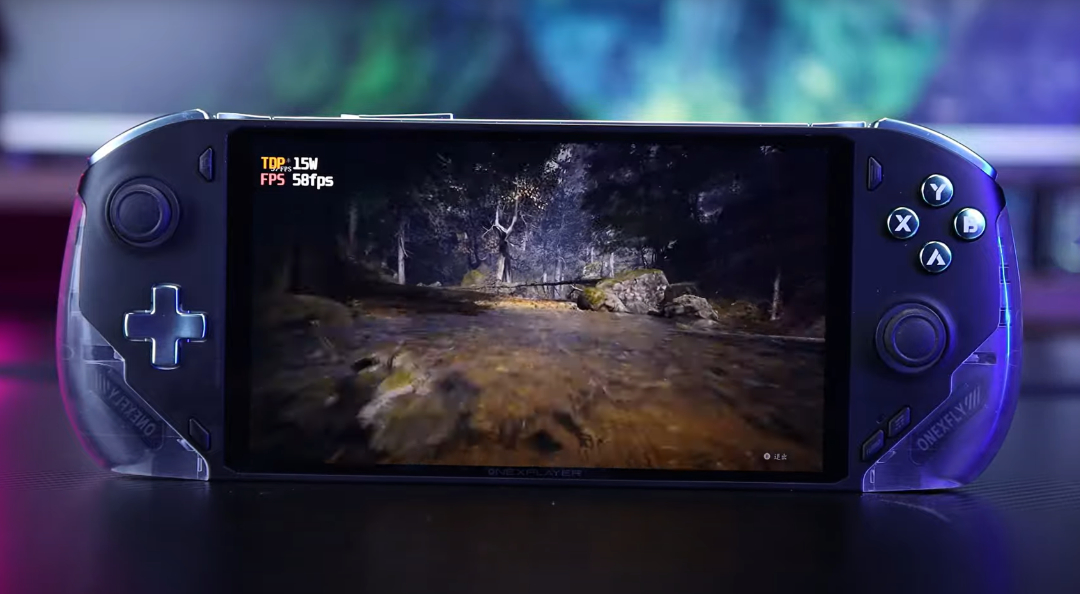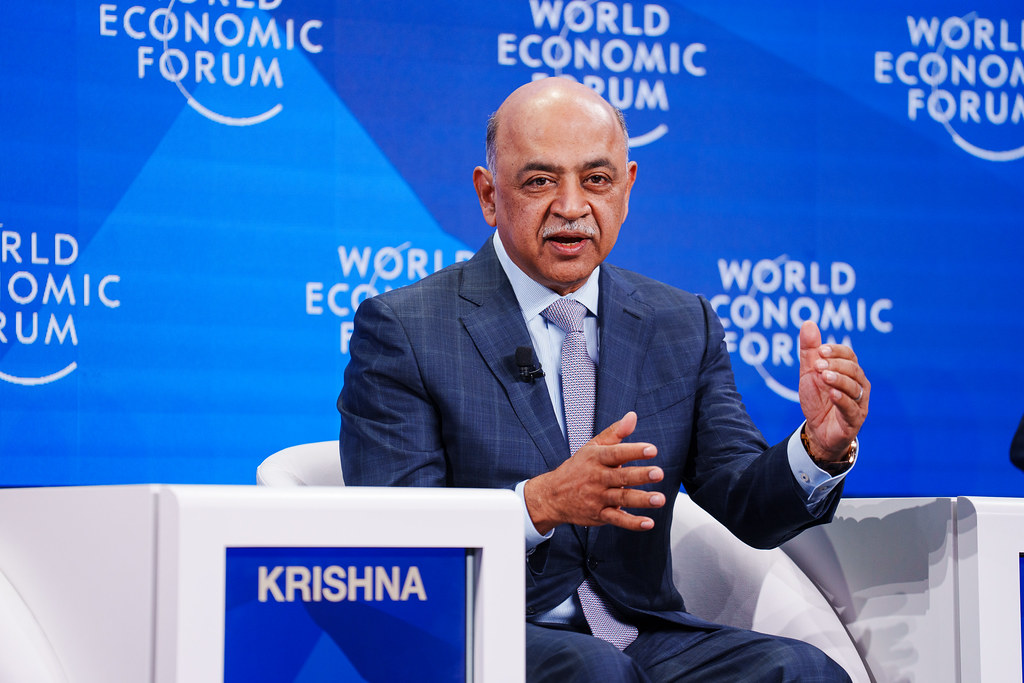AMD’s new gaming handheld, the OneXFly F1 Pro, marks a major advancement in portable gaming performance. Powered by the Ryzen AI HX 370 chip, it reaches close to 60 frames per second (fps) in Black Myth: Wukong with a 15-watt thermal design power (TDP) setting, though there are notable trade-offs.
The handheld maintained an average of 58 fps in Black Myth: Wukong at 15 watts, as documented in performance tests shared by the tech outlet VideoCardz. This frame rate was achieved under specific optimizations, including scaling the game resolution to 65%, effectively displaying at about 700p instead of the full 1080p. Additionally, AMD’s FidelityFX Super Resolution (FSR) was enabled to enhance framerates via AI-based upscaling. The graphical settings were dialed down to maintain power efficiency. Although this configuration enabled near-console-level gameplay, occasional dips to 40 fps were recorded.
At the heart of the OneXFly F1 Pro is AMD’s Ryzen AI HX 370 chip, featuring 12 cores (four Zen 5 and eight Zen 5c) and 24 threads. The Zen 5 cores can boost up to 5.1GHz, while the Zen 5c cores reach 3.3GHz. Users have flexibility over performance and power consumption, with TDP adjustable between 15 and 54 watts. The default TDP is 28 watts, striking a balance between performance and battery longevity, though the latter depends heavily on the selected TDP.
Visually, the handheld pairs AMD’s Radeon 890M integrated graphics with a 7-inch OLED display boasting a 144Hz refresh rate. This combination is designed to deliver smooth and responsive gaming. The device’s sleek design and power adaptability further distinguish it from other gaming handhelds. Users can opt for higher TDP settings to boost performance at the cost of battery life, though specifics on battery duration across TDP ranges remain undisclosed.
The OneXFly F1 Pro also marks a significant moment for AMD’s hardware in gaming handhelds. Until now, AMD’s Strix Point lineup primarily powered non-gaming mini PCs. The integration of the Ryzen AI HX 370 into a handheld format signals AMD’s growing presence in the portable gaming market, which has expanded with titles like Black Myth: Wukong driving demand.
Pricing and release details for the OneXFly F1 Pro have yet to be announced. However, its emergence has generated considerable attention, especially as AMD prepares to showcase its next-generation Z2 Extreme chip and additional hardware at CES 2025. While the device’s ability to run AAA games at nearly 60 fps under a modest power setting is a milestone, resolution sacrifices may deter some gamers. Nevertheless, it sets a high bar for performance in AMD-powered handhelds, with potential for further advancements as new chips are introduced.











